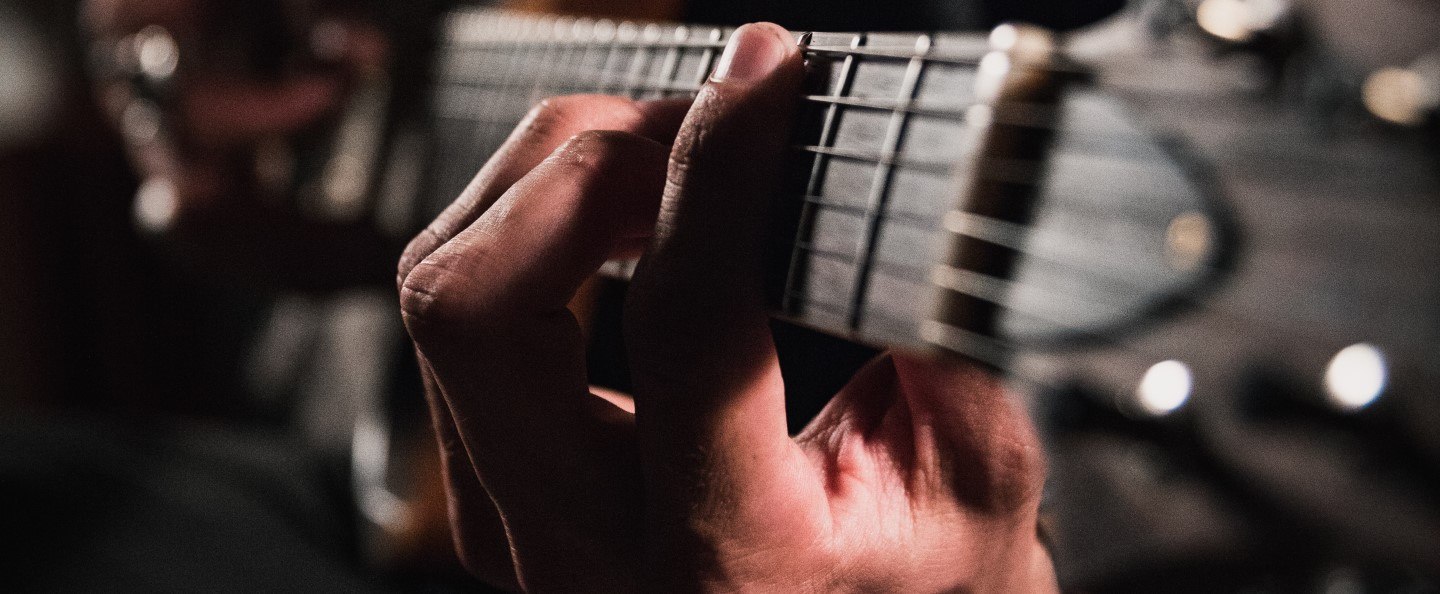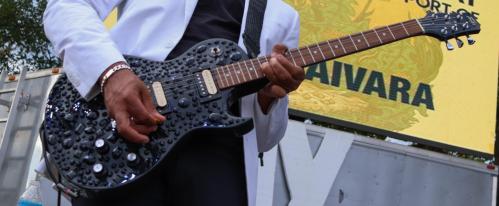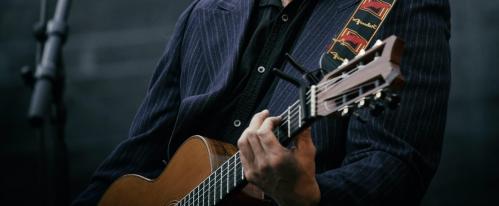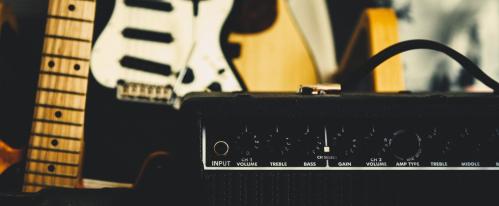Find out how to play barre chords and brush up on your fretboard knowledge with our favourite tips for beginner guitarists
At some point on your journey through guitar chords you will encounter barre chords. Barre chords are a type of chord that involve using your first finger to barre across the 6 strings, like how a capo works.
Barre chords are certainly tricky to get started with, but the great news is you only need to know a few key shapes to be able to play any barre chord in any position.
For this lesson we will focus entirely on major and minor barre chords rooted off the E and A strings.
The easiest way to visualise these shapes, as explained in the attached video, is to imagine them as E and A major and minor chords. Start off by learning to play these 4 common chord shapes without using your index finger. This will be the finger you’ll need to keep free for the barre part of the chord.
Here are the 4 main chord shapes you’ll be using:
6 String Barre Chords
You can imagine 6 string barre chords as being like E Major and E Minor chords, except your first finger is acting as the “capo” to move the open strings to a higher position.
E Major Shape Barre Chord
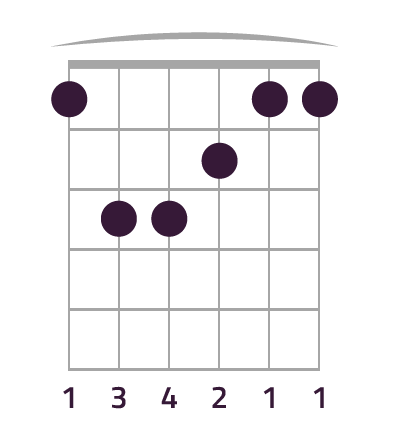
E Minor Shape Barre Chord
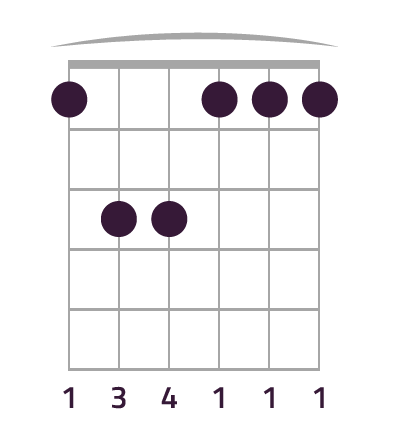
Barre chords are given a note based on the root note - this is the lowest note of the chord. As these shapes are both rooted on the Low E string, the chord name is whatever note you root the chord from.
For example, if you use the major shape and place it from the 5th fret, it’s an A major. The same is true for the minor. Place one of those shapes on a specific root note and you have that chord.

5 String Barre Chords
The exact same rule applies for 5 string barre chords, except this time, you’re going to view them as A Major and A Minor shapes with your first finger acting as a capo.
A Major Shape Barre Chord
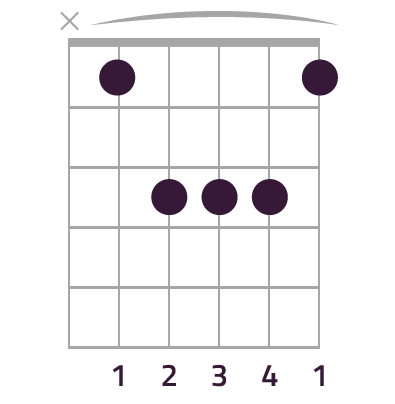
A Minor Shape Barre Chord
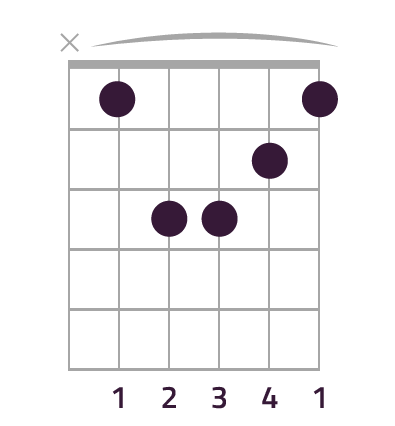
The note of the chord is once again determined by where you place it. As these shapes are rooted on the A string, you’ll be taking your root notes from that string.

Once you can play the chords so that they ring out cleanly, try moving between them. You will eventually be able to create progressions that use each of the different types of barre chord, as well as incorporating open chords.
Barre chords can be tough on your fingers, but learning them will help to build your hand strength and make you a much more accomplished player.
Now that you can play Barre Chords, hit Next to find out why you should get started with learning Music Theory. If you want to do some more picking exercises, go Back for our lesson on Hybrid Picking.

